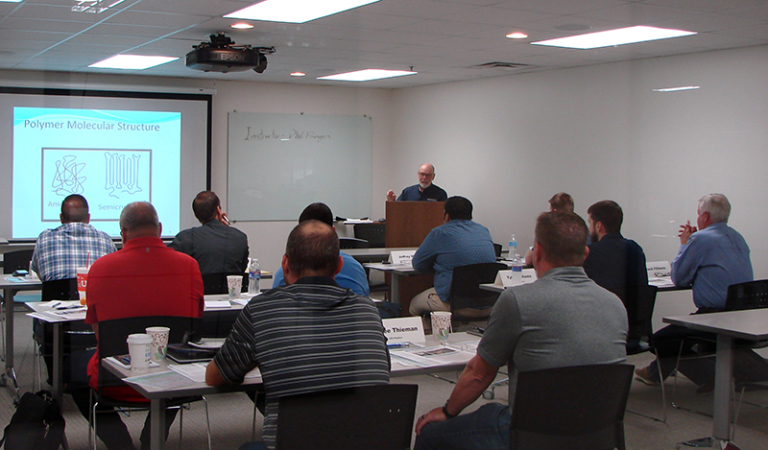
Over the years, our customers have had questions regarding water quality related to galvanic action in aluminum manifolds. We have assembled the following information strictly as general guidelines. A water quality professional will provide expert advice when specific questions arise. Water provided by local utilities varies widely because of water chemistry in the area.
Causes:
Four conditions must be present for galvanic corrosion to occur:
- Cathode – the more noble or least active metal. This metal has current discharge properties and will be protected from corrosion by the presence of the anode metal. Cathode examples: copper, gold, silver, nickel
- Anode – the least noble or active metal. This metal has current acceptance properties and will corrode. Anode examples: magnesium, zinc, aluminum
- Electrolyte – the capacity to conduct electrical current through the flow of ions. Electrolyte example: water
- Metallic Path – metallic connection conducting electrical current
Other factors affecting the corrosiveness of water are pH, temperature, and oxygen content. Water pH should remain between 6 and 8 to minimize corrosion. Increased temperature and oxygen in water also accelerate corrosion.
Prevention:
Five ways to inhibit galvanic action in water systems:
- Cathodic Protection – A sacrificial anode (usually a zinc or magnesium rod) is installed in the system. The material is more anodic in nature than the aluminum and draws the corrosion away from the aluminum. This is a higher maintenance solution as the anode must be replaced periodically.
- Water Condition – Change the water treatment system. Eliminate any chlorine or floating ions and monitor the pH level of the water. Add corrosion inhibitors.
- Material Selection – Change the ratio of dissimilar metals so it is more evenly balanced, or remove the dissimilar metals completely. Use stainless steel components.
- Coatings – Insulate the metals with a protective coating. This is often temporary. The anodizing on our aluminum manifolds usually provides adquate protection, except in severe environments.
- Metal Isolation – Install and insulative fitting, such as a PVC bushing or pipe connection to break the electrical connection of the metallic path.
Note: This information is provided solely as a service to our customers, and in no way infers any liability on the part of Burger & Brown Engineering, Inc., it’s representatives or distributors.


